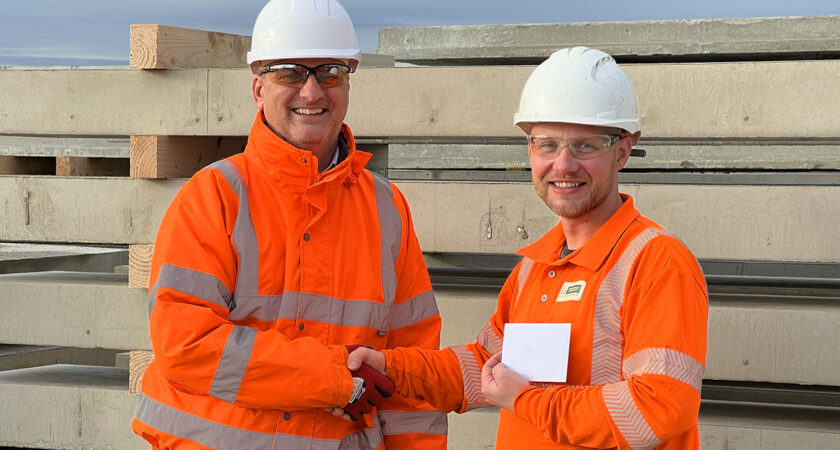How PEPS flooring can help you achieve the new Part L standards
With a shift towards reducing carbon emissions by focusing on improving the building fabric, now is the time to start looking at alternative materials.
Posted on: July 20th 2023 • Posted in: Beam and block
With flooring U-values reduced under the new Part L regulations to 0.13 W/m²K, for domestic projects our expanded polystyrene (PEPS flooring system) is a great way to exceed the thermal requirements, without needing additional insulation.
| New build | Existing building (extension – new fabric elements) | Existing building (existing elements – refurbishment) | |
|---|---|---|---|
| Domestic properties | 0.13 | 0.18 | 0.25 |
| Non-domestic properties | 0.18 | 0.18 | 0.25 |
New standards – Part L 2023 & 2025
U-value W/m²K
Be aware that if you submitted an initial notice, full notice or building notice before 15th June 2022, you will still be bound by the new Part L (Conservation of Fuel and Power) regulations, provided a meaningful start has been made by June 2023, such as laying foundations. Any projects registered after 15th June last year that have not commenced before June 2023, regardless of when they were notified, will also need to comply with the new standards.
In addition to exceeding the thermal requirements of part L of the building regulations PEPS flooring also offers considerable advantages to housebuilders including the speed and ease in which it can be installed. Not only does it provide the future homeowner with a better insulated floor but it is also cost effective against a conventional block and beam solution.
Every project has its own unique set of restraints and objectives and there are many different ways to achieve them whilst working within increasingly stringent regulations. At Poundfield Precast we are committed to supporting the construction industry fulfil its role in improving sustainability in the industry and reducing carbon emissions. Our expert team are on hand to guide you through our products and discuss how we can help you. Please contact us today for more information.
Future Homes Standard 2025
The goal of the Future Homes Standard is to decarbonise new homes by improving heating, hot water systems and reducing heat waste. One of the main ways to achieve this is by employing low-carbon techniques, for example through the choice of materials, insulation methods and heating systems. The Government’s aim is that this, along with other carbon reduction control measures imposed on existing homes, will reduce the UK’s carbon emissions, and achieve the target of net zero by 2050.




